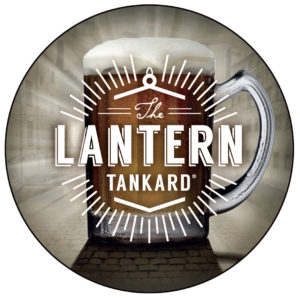 In these times of gloom and grey skies, it’s great to have some good news. So hurrah, rejoice, the ten-sided pint mug, iconic symbol of all that is great about British beer, is back in our pubs! If that doesn’t make you feel at least a little bit happier, you’re beyond help, frankly.
In these times of gloom and grey skies, it’s great to have some good news. So hurrah, rejoice, the ten-sided pint mug, iconic symbol of all that is great about British beer, is back in our pubs! If that doesn’t make you feel at least a little bit happier, you’re beyond help, frankly.
The ten-sided mug, known, for fairly obvious reasons, as the lantern tankard (though it goes under several other names, as we shall see), looks to have been introduced in the early 1920s, and was picked up by the Brewers Society in the 1930s as, literally, the face of British beer in its long-running “Beer is Best” promotional campaign: the campaign’s Mr XXX was a man with a ten-sided beer mug as a head.
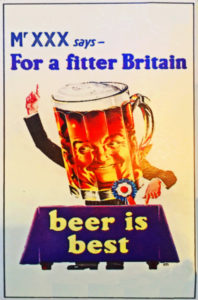
By the 1950s, however, the lantern tankard was being challenged for its position as the number one favourite by the dimple mug, which eventually vanquished its rival some time soon after 1965, and the ten-sided mug disappeared from production. By the early 1990s the only place lantern tankards could be found by those who loved them (as I do) was in charity shops, the harvest of post-death house clearances, those glasses having clearly been stolen from pubs 40 or 50 years earlier by people who had been in their late teens and early 20s when the ten-sided mug was common, and who were now dead and leaving their relatives to dispose of decades of household junk in the most conscience-salving way they could, by donating it to Oxfam or Cancer Research. Within 15 years even that supply had vanished, since the cohort of dying pensioners from 2005 onwards had been stealing pub glasses when the dimple had pushed the lantern off the bartops of Britain
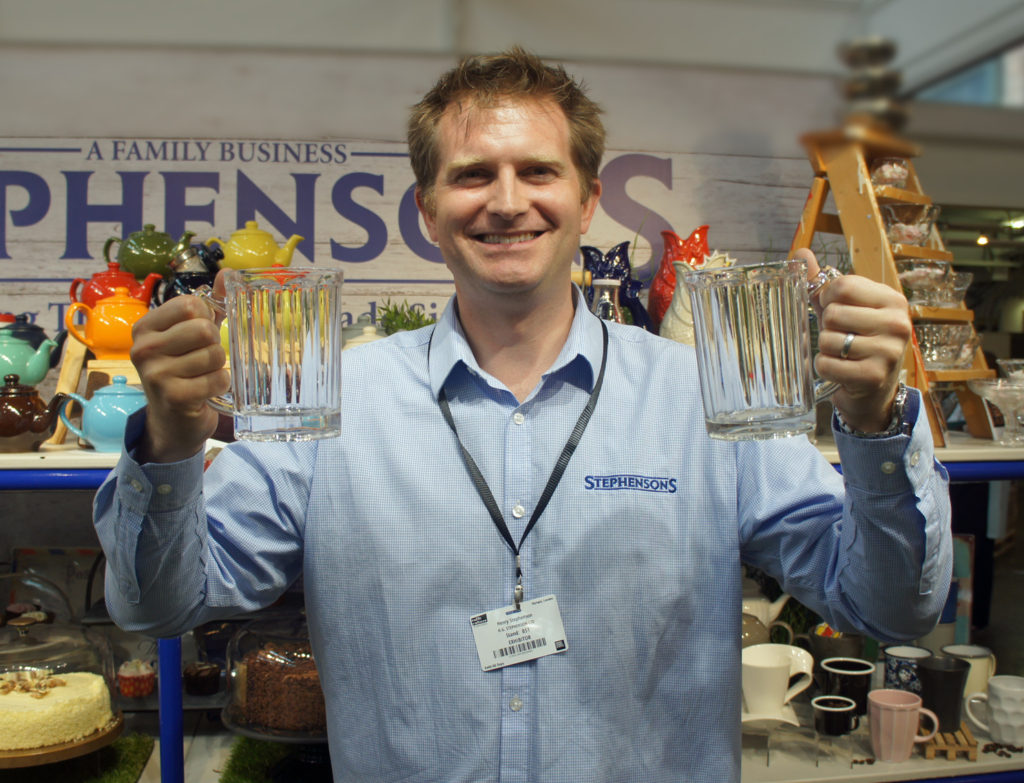
Now the lantern tankard is being brought back, by Henry Stephenson, managing director of Stephensons Ltd, a 149-year-old supplier of catering equipment to the pub, restaurant and hotel trade.
Henry, now in his 40s, is the fifth generation in charge of the family business: his great-great grandfather, also called Henry, used to go down with a horse and cart to Stoke on Trent to pick up ceramic goods and bring them back to Salford Flat Iron market to sell. In 1868 the operation moved in to Barton Arcade in Deansgate, Manchester and traded there for 99 years as a retail sellers of glass and ceramics, with other shops in places such as Lytham St Annes. Henry, who contacted me after reading my piece about beer glass history here to reveal he was resurrecting my favourite beer glass, told me: “As the 1960s came along we ended up more and more into the wholesale side of the market, and we moved to Stockport 50 years ago, and we’ve been trading out of that site ever since,” supplying restaurants pubs and hotels, leisure centres, with everything a restaurant or pub would need to do with food and drink, from plateware, glasses and cutlery to pots and pans.
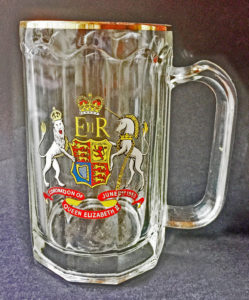
“I love glassware and I’ve always been a big fan of the dimple tankard,” Henry told me. “Obviously when Ravenhead and Dema [Britain’s last two big glassware manufacturers} died out, it was only the French still producing them, and they nearly discontinued it, which would have been the end of the dimple tankard. That was back in 2007. Since then the dimple tankard has grown back in popularity significantly – our sales are about 12,000 per cent up compared to 2007. It’s driven by the whole nostalgia thing, and people using it in cocktails as well, so it’s not just a beer thing. So the dimple tankard has come back with a vengeance. The good thing about the dimple from the trade perspective, is that it’s a pint to brim – so including the head, you save a few points on your margin on your beer sales.
“Where I started from was thinking about producing a tall, handled tankard that was pint to brim. I then started looking into the history of the beer pint glass, remembered the ten-sided tankard, and thought, ‘Why not bring this back to life, with all the heritage and the interest that comes with that. I fell in love with the idea of bringing a little bit of Britain back. I want to re-establish this as the glass to drink real ale and real cider out of, again.”
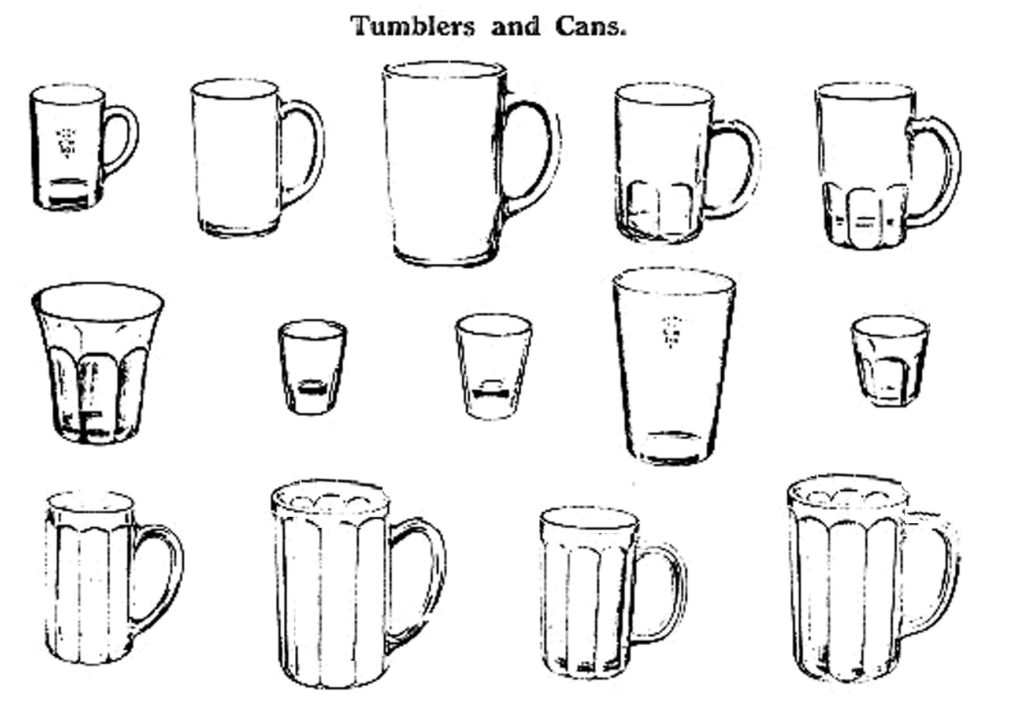
Henry chose to replicate a glass estimated to have been made in the late 1940s, probably by the Crystal Glass Company, a subsidiary of the glass manufacturer Bagley of Knottingley, West Yorkshire, as it carries the “301” stamp, meaning it was verified in West Yorkshire. That particular example was chosen because it had a very good finish and the handle shape is “really, really comfortable in the hand.” The glass that has effectively fathered a new generation of lantern tankards is owned by Henry’s father, who acquired it 20 or 30 years ago when he spotted half a dozen old lantern pint glasses hidden in the back of the clubhouse of a canal cruising club in Cheshire he was a member of. “He did them a swap – gave them half a dozen new dimple glasses in exchange for the lanterns,” Henry said
The cheapest place to get pressed glass pint mugs today is China – any new dimple mug you have been drinking from recently almost certainly came from a Chinese manufacturer – so Henry got in touch with his company’s contacts in the Far East. “We spoke to different glass manufacturers, we trade a lot in glassware already, so we got the best quotes and a good price at a low volume – you have to take a view on the cost of the mould, amortise that over a number of years. My father’s glass went out to China for them to make the mould from. I told the owner of the company we are working with that my dad’s wrath would fall on him if they broke the glass! However, it went all the way out to China and came back in one piece, which is fabulous. ”
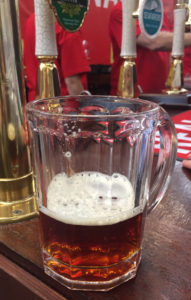
The first of the new glasses arrived in the UK earlier this month, and I met Henry at the Great British Beer Festival, where he was handing out samples (one of which he was good enough to give to me: I already have five old lantern pint mugs, but it’s good to have a modern version I don’t need to worry so much about breaking). He is looking at a half-pint version: “The obvious line to do traditionally would be a 10-oz, but there’s a lot of call these days for a 13-oz, two thirds glass, since two thirds of a pint is now a legal measure, and that would also work as a bottle glass [being 38cl]. We’ll see how it goes, and I’ll canvass opinion on that, but potentially the glass we’ll get asked for more is the bottle glass.”
I do hope Stephensons succeeds in its drive to revive the lantern tankards, because it’s not just a great glass to drink beer out of, with a satisfying heft and an excellent transmission of the colour of your drink through those multiple facets: it really does have a fascinating history. The “lantern” beer glass was apparently pioneered by the Bagley and the Crystal Glass Company, although “pioneered” may be too strong: the pattern was apparently “lifted” from an original design by William Jacobs of the Ohio Flint Glass Company in the United States first made in 1907 and called Chippendale, which was used to make pressed-glass products from vases to salt and pepper pots. Bagley’s production of Chippendale look-alikes has been described as “among the most flagrant cases of glass-pattern plagiarism”.
The design was first used by Bagley’s in around 1921, and registered on 16 May 1923 as pattern 1122, registration number 689049. It was used for a vast range of items including fruit bowls, mustard pots, water jugs, tumblers, honey jars, jam pots, flower vases, grapefruit dishes, egg cups, sugar bowls, parfait glasses, sundae dishes, beer jugs, powder pots, trophy vases, salt dishes, custard cups, milk goblets, milk jugs and even butter dishes. Bagley’s took a stand at the Wembley exhibition of 1924, and after Queen Mary purchased several examples of pattern 1122, it was subsequently called “Queen’s Choice”.
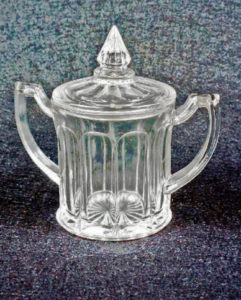
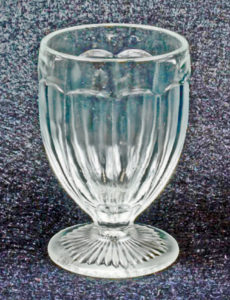
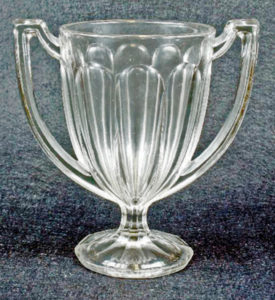
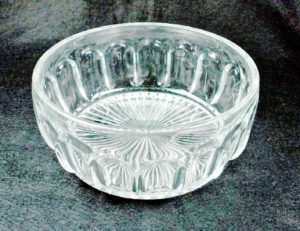
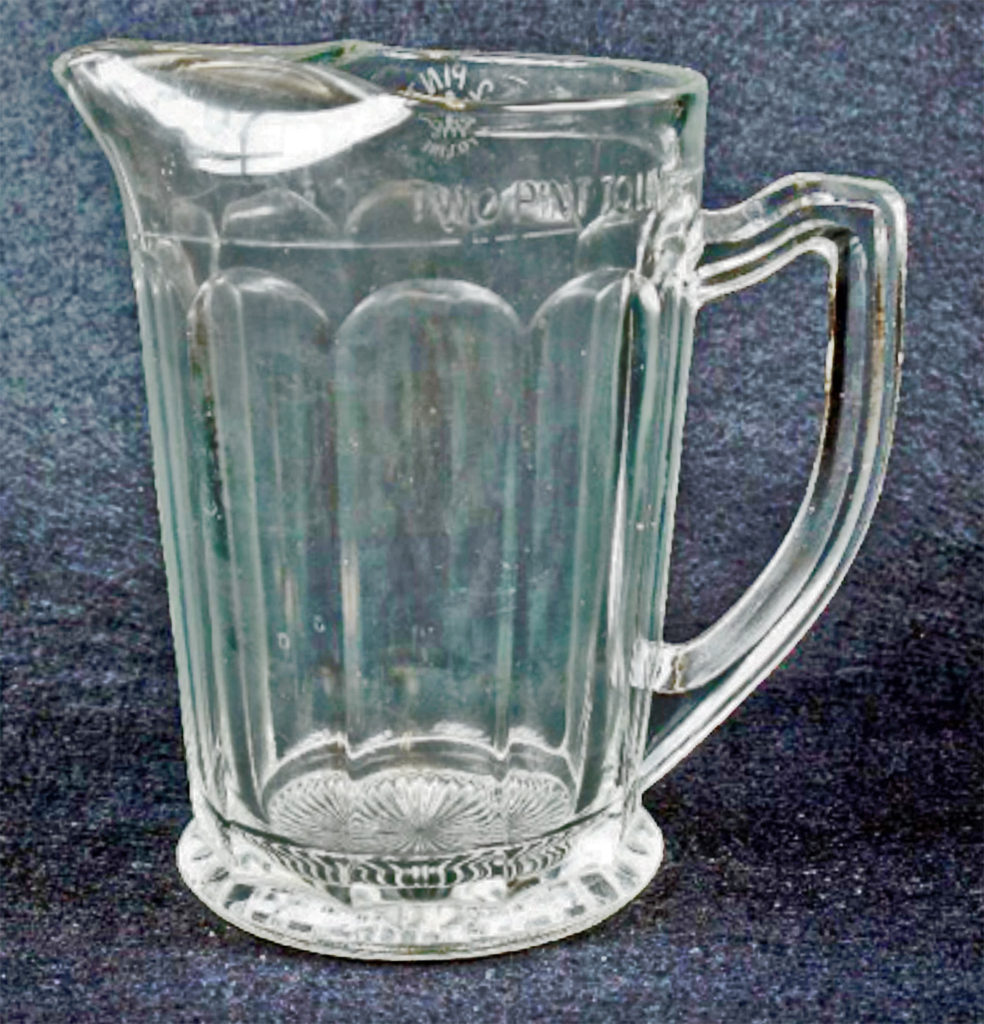
When the Queen’s Choice beer mug – known at Bagley’s as a “beer can” – was introduced is unclear. But four versions appear in the company’s catalogue of 1927, two with fluting going only a quarter of the way up the glass, two the much commoner version, having the fluting almost to the top. This last pair came with different handles, one symmetrically C-shaped, the other more ear-like, the latter being the one that developed into the classic Crystal Glass Co beer mug. By the 1953 catalogue, when the Queen’s Choice mug was called “Beer Can No 2” (No 1 being a plain cylindrical handled mug and No 7 a dimple mug), it was accompanied by a tall “Taper Lager” beer glass in the Queen’s Choice pattern. The “quarter-flute” glass appears to be much less common than the “full flute” version, but it did allow for transfer decoration, and examples exist of pint glass “quarter fluters” decorated with fired-on illustrations of pheasants and huntsmen. These must have been sold into the retail market, rather than pubs and clubs, where heavy use would have quickly rubbed the transfers off.
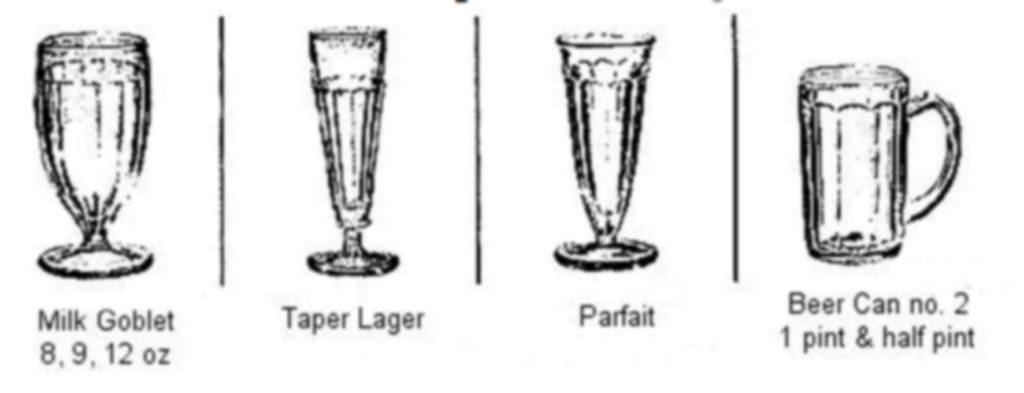
According to the book Bagley Glass by Angela Bowey, Queen’s Choice pattern glassware was produced from 1922 to 1975, the year before Bagley’s factory in Knottingley closed, though again it is unclear if beer glasses were in production over that complete range of years. However, since dated examples are known from 1966, it is clear the Lantern/Queen’s Choice beer mug was being made for almost 40 years, at least, by somebody.
John Artis, an old friend of Henry Stephenson, who runs another family firm involved in selling catering equipment, based in Surrey, is probably one of the last people alive who has personal experience of seeing the original lantern tankard in production, because he was apprenticed by his father Jack to work at Bagley’s in the 1960s, to give him experience in manufacturing before he came back to run the family business. Despite Bagley’s registering the Queen’s Choice design, other manufacturers made their own versions of the lantern tankard, including the Sowerby Ellison glassworks and the George Davidson glassworks, both in Gateshead, on the Tyne, (so if you have a ten-sided beer mug with the number 354 or 355 by the crown, it is probably from one of these two companies). Ravenhead Glass in St Helens certainly made lantern tankards as well, since examples exist of ten-sided mugs bearing the identification number 478, from St Helens.
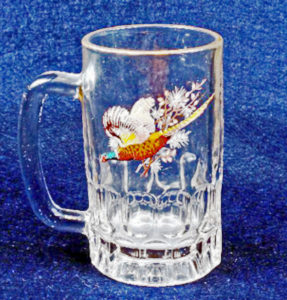
It was Ravenhead’s automatic pressed glassware machines that drove the hand-pressed glassware firms such as Sowerby Ellison, Davidson’s and Bagley’s out of business, according to John Artis, although, he says, the last hand pressed versions of the lantern tankard were produced by the Crystal Glass Company in Knottingley right up to its closure in 1978 (sic). He confirms that the lantern tankard was commonly referred to by workers, staff and salesmen at the Knottingley as “the No 2”, with Mould No 1 the plain tankard. The No 2 “was actually the No 1 seller until the advent of the dimple design tankard which became the preferred choice of brewers and publicans,” John says, and he declares: “The rebirth of this iconic design is the most exciting development in traditional beer service for many a long year!”
You’ll not be shocked that I agree with him. I think it’s tremendous that we’re seeing the potential widespread return of such a beautiful beer glass, If you’d like to have your own examples, here’s a link to Stephensons’ website, although currently you will have to buy a minimum of six tankards at a time: but you can’t tell me you don’t have five beer-drinking friends to share the purchase with you.
Meranwhile I now have a problem: since I discovered that the lantern tankard is actually just one of a huge number of items in the Queen’s Choice range, I now have a not-to-be-quenched desire to acquire other Queen’s Choice items, like that lovely jam pot, or the custard cup. Curse you, Henry Stephenson!
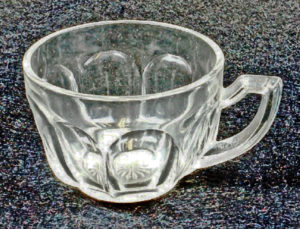
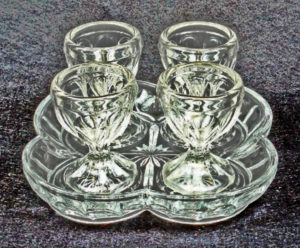
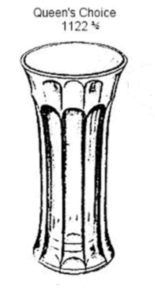
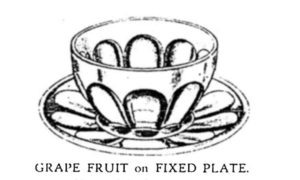
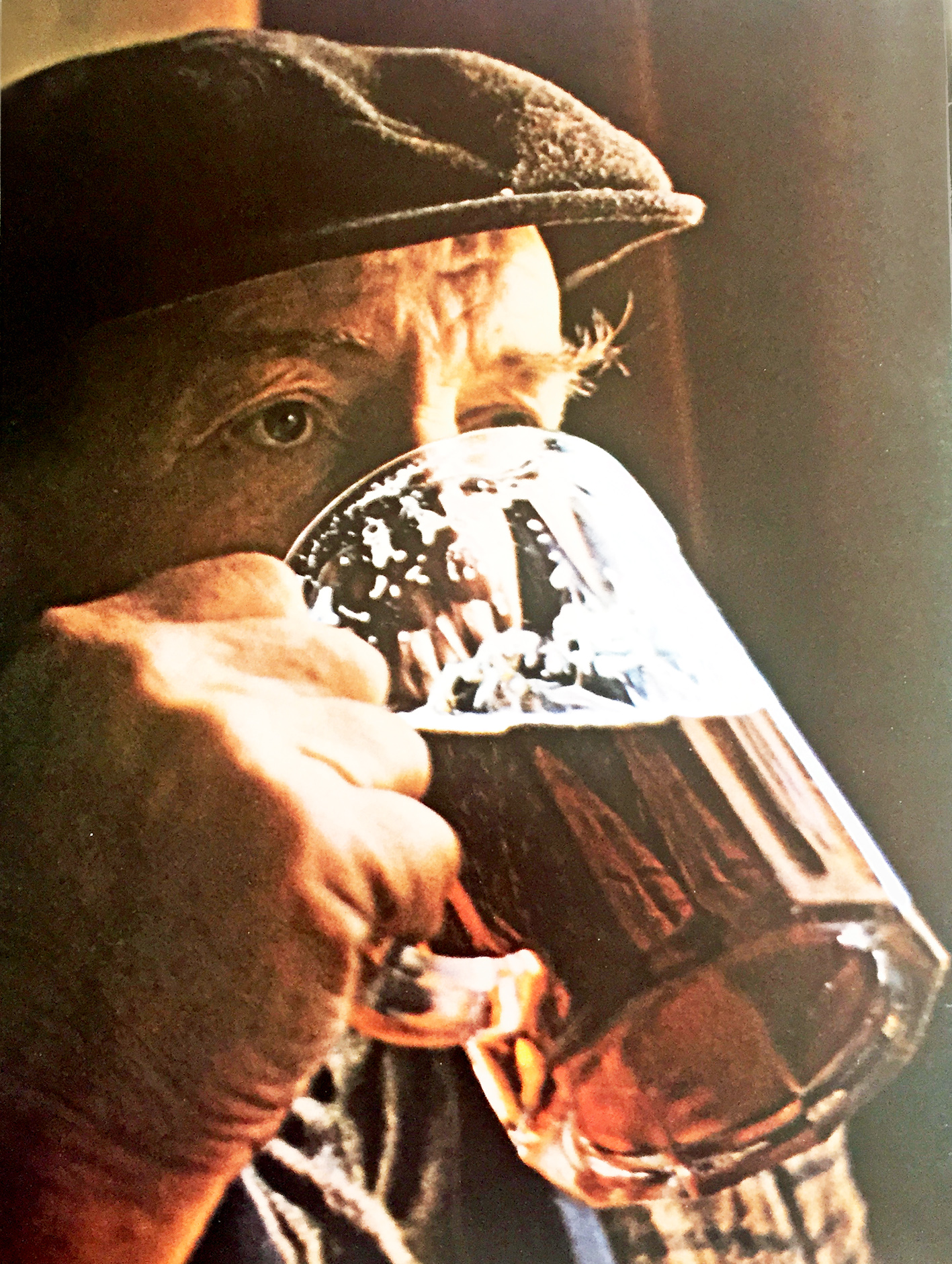

Hello Martyn, thank you for such a lovely article and for the additional research you’ve done over the last few months – great to see a few more pieces of the history fall into place. We’re really excited here as the stock arrives in our warehouse in the next few hours! For information, the first beer drank out of a new Lantern Tankard for fiftyish years (our pre-production sample back in January) was a J W Lees Manchester Pale Ale. Cheers!
Great article, totally fascinating. In the spirit of full disclosure though I do love a rounded straight glass, ideally oversized with a pint to the line and a head on top.
Thank you Martyn, us drinks book editors are mildly obsessed with beautifully designed beer glasses… this is a beaut (counts up number of beer drinking friends).
The other story that might be worth telling is the replacement of the straight-sided conical – second from right, middle row – by the nonic. The first time I saw a conical was when Manto – arguably the first contemporary ‘bar’ in Manchester – opened in 1991; other bars followed suit, and the conical was standard glassware in the more on-trend establishments for several years, till the dimple mug revival of the mid-00s.
I didn’t like dimple mugs the first time round and still don’t. Lantern mugs are classy-looking, but brim measure? No ta.
Oops – that should have said “the replacement of the conical by the nonic and its revival in the 1990s“, just to be clear.
I am delighted to read of the return of the ten sided pint glass as I’ve been looking for some everywhere for the last five-plus years. The only examples I could ever find were the occasional less than perfect examples on ebay.
But why oh WHY has Stephensons tinkered with the design in their “modern interpretation” of this classic? They should have offered us, the drinking public, a chance to buy the exact original which was taller, better proportioned. The new version appears too squat. Keep it if you have to but allow us purists the chance to own a true original design, please!
I don’t know whose versions of the lantern glass you have/have seen, but I can assure you Stephensons have not tampered with the design at all: the verson they are selling is an exact copy of a original. That is not to say that taller versions were not around: but the Stephensons version is true to the past, I have one and it is currently my favourite beerglass.
Hi Steve,
Please visit this linked tweet — https://twitter.com/LanternTankard/status/935452712942088192
It has some shots of the original 1949 tankard, as well as a visual comparison between the old and new versions of the glass.
As Martyn mentioned, there were indeed taller variants of the tankard, but we chose this particular 1949 version from the Crystal Glass Company for (amongst many other factors) its ergonomic design, refined panels and beautiful profile.
Hopefully this clears up some of your queries regarding originality.
I like the dimple and like you say Brim measure, that means you only get 8 ml to play with on the top of the pint.
[…] I tried to choose a suitable beer to christen the glass, eventually settling on an Anspach & Hobday Porter for being a beer from the past “reinvented for today”, but that hardly highlighted the “visibility afforded by the ten refined panels” of the lantern, so I followed it with an Old Empire for its claims to be an “authentic recreation”. I doubt either beer was contemporary to the lantern tankard, and in any case I’ll leave the history of the glass (and of beers for that matter) to Martyn Cornell, who covered the return of Lantern Tankard in Zythophile. […]
This is great news indeed! Over the last 10 years I have aqquired some 15 tankards from charity shops. 13 are in my favourite pubs in Cheshire and Yorkshire. There is no better vehicle for savouring the delights of Real Ale as the beer tastes even better!
I am not sure this is the right forum for my request, but I have read with interest the information about the “lantern” tankard – this website is the first time I have heard these mugs referred to as such. I recently found in my loft 6 x 1 pint and 5 x 1/2 pint “lantern” tankards, all marked with the BTHS logo (British Transport Hotels ?), which I believe came from one of the British Rail hotels in London some time in the 1970’s. I was wondering whether there are any collectors out there who would be interested?
We are sadly down to two of the half pint Lantern Tankards from probably a dozen of both pint and half pint glasses when I was a child. If there is any chance of the half pint version being made again, I would love to hear from you. It’s so lovely to have a glass which predates the Dimple and is far more elegant.